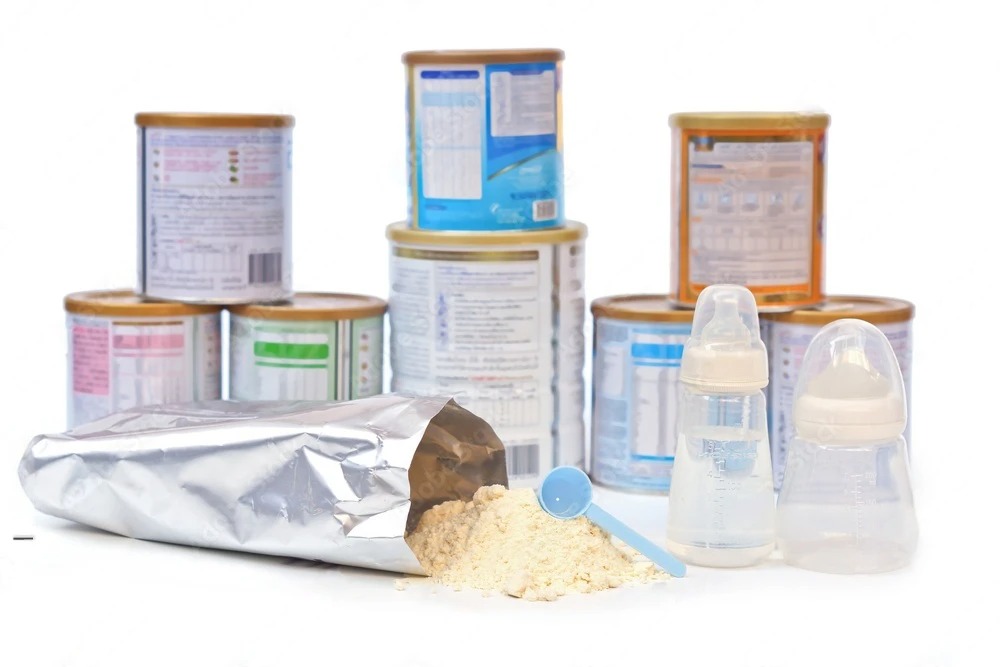Formula Feeding
Formula/bottle feeding is an excellent alternative to breastfeeding and may be used to supplement breastfeeding. It is convenient in its own way, by allowing more participation by father and by freeing up mother for other activities. It does require preparation of formula if using powder or liquid concentrate; warm tap water is fine for this purpose.
If bottle feeding your baby, it is not necessary to sterilize your baby’s water, bottles, or nipples. Washing them in hot soapy water and rinsing them thoroughly is adequate, as is a dishwasher.
There are a large variety of formulas currently on the market. In general, cow’s milk-based formula ( such as Similac or Enfamil) is the most widely used, but soy-based formulas (such as Isomil or Prosobee) are also commonly used. Soy-based formulas do tend to be a bit more expensive but may be necessary for the infants who are sensitive to cow’s milk. The choice of formula depends on your infant and your preferences.
Most popular commercial formulas come in three forms: ready-to-feed, liquid concentrate, and powder. In general, the powder form is the most economical. Additionally, if powder or liquid concentrates are prepared with fluoridated water, fluoride supplementation need not be given as with breastfeeding and ready-to-feed formula. Formulas also come in regular and iron-fortified forms. Iron-fortified formula is preferred by most pediatricians.
Formula can be stored in the refrigerator for 24-48 hours after mixing. Each bottle should be prepared directly before feeding. Babies initially drink about 2-3 ounces every 3 hours or so.
